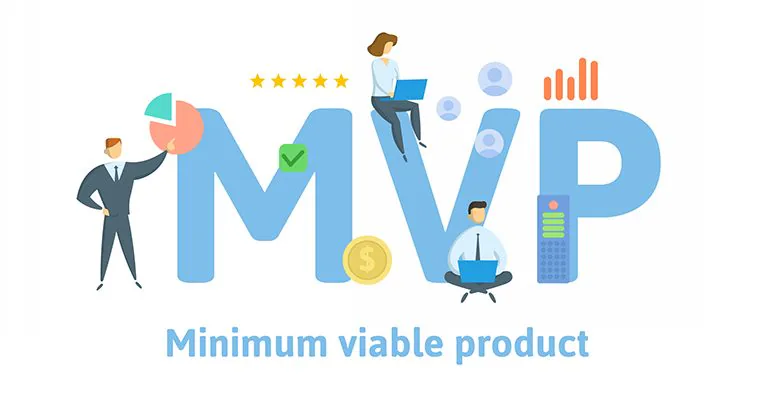Mastering MVP: High-Impact Minimum Viable Products with IGF
July 7, 2024
At Impulse Generator Fund, we realize that a well-crafted Minimum Viable Product (MVP) is key to startup or company success. An MVP helps companies test their ideas, gather user feedback, and validate assumptions with minimal resources. However, the journey from an idea to a successful MVP is challenging. This article explores how to create a successful MVP and offers tips to win with your MVP.
The Essence of a Minimum Viable Product
Defining the Concept of MVP
At its core, the Minimum Viable Product (MVP) is the simplest version of a product. It allows a team to gather maximum validated learning about customers with minimal effort. It’s not about delivering all features at once. It’s about identifying and testing core features that solve the primary problem for the target audience.
The Purpose of an MVP
Risk Mitigation
An MVP enables a business to reduce the risk of investing time and resources in a full-scale product. It helps avoid producing a product that may not appeal to the market. Testing assumptions and pivoting based on real user feedback is possible. This approach protects against expensive mistakes.
Speed to Market
Speed is all that matters in the current competitive scenario. An MVP helps in faster time-to-market and hence provides a competitive edge in the market. Rapid deployment and iteration based on user feedback allow for faster product development cycles.
Cost Efficiency
Setting up a fully-fledged product requires huge financial investments. An MVP reduces risks by focusing on core features, benefiting businesses with efficient resource allocation.
Strategies for MVP Success
Understanding Your Audience
Getting to know your target audience is central to realizing a successful MVP. Conduct in-depth market research and understand the pain points of your potential users. This knowledge provides the base for building a product that genuinely solves their problems.
Lean Development Principles
- Build Only What’s Necessary
Don’t fall into the trap of putting every feature into version 1.0. Only build what is necessary to ensure that the core functionality resolves the number one problem.
- Iterative Development
Adopt iterative development. Publish a basic version, gather feedback from users, and keep refining their responses.
- Cross-Functional Collaboration
Collaboration among development, design, and business teams is encouraged. Cross-functional teams working on an MVP will work more effectively to ensure a fast development cycle.
User-Centric Design
- Simplicity is Key
Keep the design simple. An intuitive and easy interface enhances user experience, engaging users with your MVP.
- User Feedback Loops
Implement feedback loops to glean insights from users. Analytics, questionnaires, and user testing help determine user engagement and identify areas needing improvement.
Scalability Considerations and Data-Driven Decision-Making
Design a scalable architecture to sustain future feature additions and user loads, avoiding significant rework as your product grows. Use cloud services and other scalable infrastructure, so your MVP won’t lose performance as demands increase.
Define clear KPIs on your MVP. Be it user engagement, conversion rates, or even simple retention, leverage data to measure your product’s success against predefined benchmarks. Apply A/B testing to compare two MVP versions and identify which features or designs resonate most with users.
Marketing and Launch Strategies
Create interest in your MVP before the actual launch. Leverage social media, email campaigns, and teaser content to build anticipation for its launch and attract the first users. Engage prospective users on forums, social media, and other channels to create buzz and gather feedback.
Continuous Improvement and Feature Expansion
Actively seek user feedback after launching the MVP to improve product value. Enhance gradually based on user needs and market demand. Maintain a seamless experience and keep development simple.
Mastering the MVP Journey with IGF
It means a lot to build a good MVP. IGF helps businesses turn innovative ideas into successful products. We focus on MVP creation, user-centered design, and data-driven decision-making.
MVP is not a destination, but a critical step in the continuous journey of improvement and innovation. Businesses can use MVPs as a strategic tool for growth and success by listening to user needs and feedback.


View more articles
Browse our collection of articles below and embark on a journey of discovery.